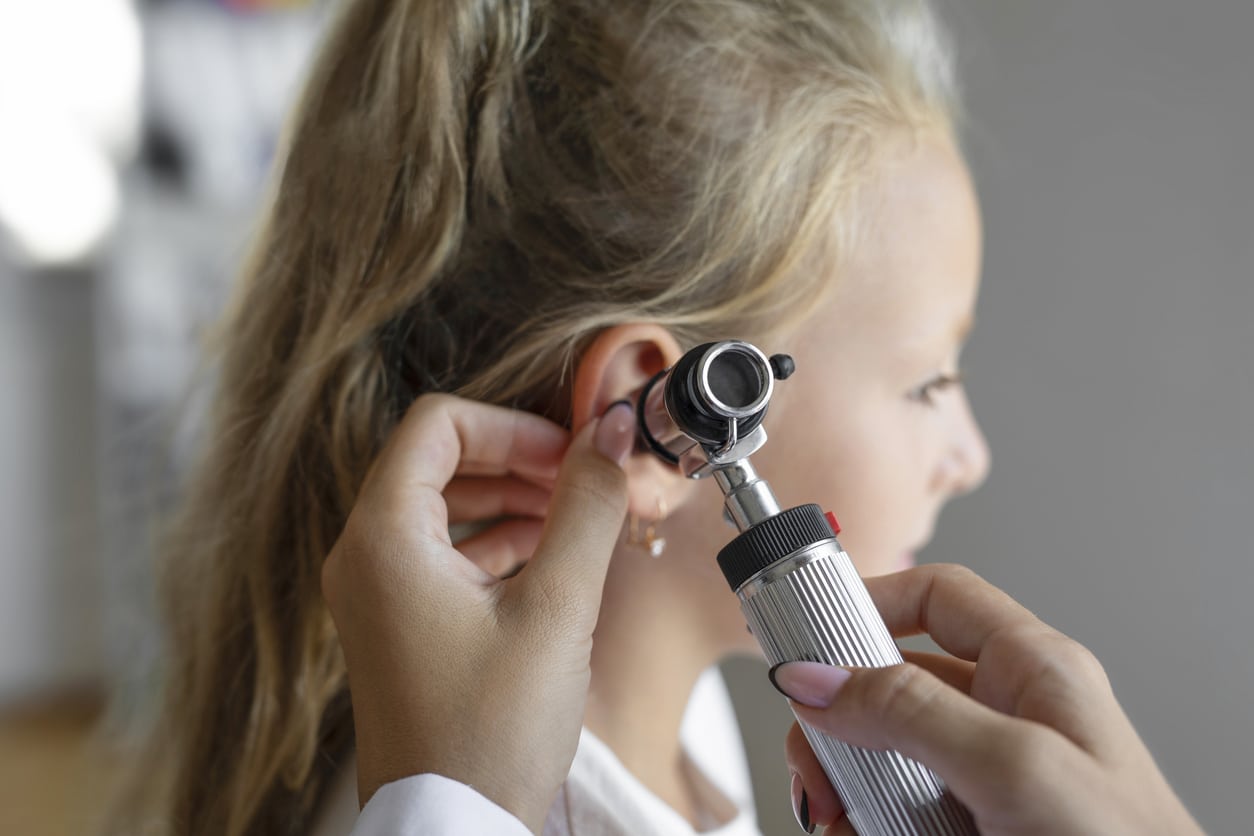ENT has the potential to lead to doctor visits, and sometimes, the resolution for certain conditions is surgery. Let’s delve into three common ENT surgeries and discuss their benefits, risks and recovery.
Common ENT Surgeries
ENT surgeries may include:
Ear Tube Placement

This procedure involves inserting a small tube into the ear to aid the Eustachian tube with drainage. Sometimes, the Eustachian tube becomes inflamed, leading to fluid buildup in the inner ear.
Ear tube placement provides immediate relief from the discomfort and pressure caused by ear infections. It helps drain fluid, improving hearing and reducing the frequency of future infections. This surgery is especially common among children with chronic ear infections, significantly enhancing their quality of life and preventing potential hearing loss.
Potential risks include the tubes becoming dislodged and falling out, necessitating another procedure. In rare cases, if the eardrum perforation doesn’t heal after tube removal, additional surgery might be needed. There’s also a minor risk of eardrum scarring.
Most patients can resume normal activities within a day after the procedure. It’s crucial to keep water out of the ears during recovery to avoid infection. Regular follow-up visits are essential to monitor the tubes and overall ear health.
Nasal Fracture Repair
This surgery is performed to repair broken nasal bones, often due to traumatic events like sports injuries, such as those that might occur during athletics at YMCA of Utah.
Nasal fracture repair enhances the nose’s cosmetic appearance and can improve breathing, depending on the damage. It also alleviates nasal congestion and related headaches.
Common risks include bleeding and infection. Some patients might experience temporary or permanent changes in nasal sensation. Rarely, the surgery could lead to increased breathing difficulties. Initial recovery involves resting with the head elevated to reduce swelling and avoiding any activity that might impact the nose. Patients are generally advised to refrain from strenuous activities for six weeks post-surgery. Follow-up appointments ensure proper healing.
Endoscopic Sinus Surgery
This procedure addresses chronic sinusitis, allowing the doctor to directly treat sinus issues.
Endoscopic sinus surgery effectively improves breathing, reduces infection rates and corrects drainage problems. This leads to fewer and less severe sinus infections. Risks include manageable bleeding and potential infections, treatable with antibiotics. Some patients might experience temporary changes in their sense of smell or taste.
Recovery involves waiting for the swelling to subside, which can take several weeks. Care includes using saline nasal sprays and avoiding nose blowing to facilitate healing. Regular follow-up visits are crucial to monitor recovery.
Deciding to undergo an ENT surgery requires a careful evaluation of the benefits, risks and recovery process. Consult with your ENT specialist to get detailed information tailored to your specific needs. For more information or to explore treatment options for an ENT condition, contact South Valley Ear Nose & Throat – West Jordan to schedule a consultation today.